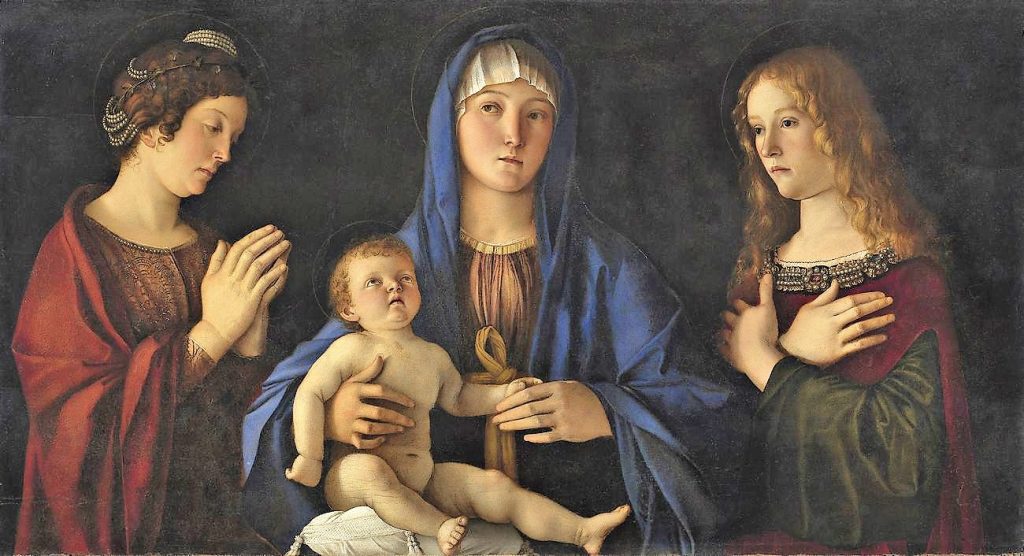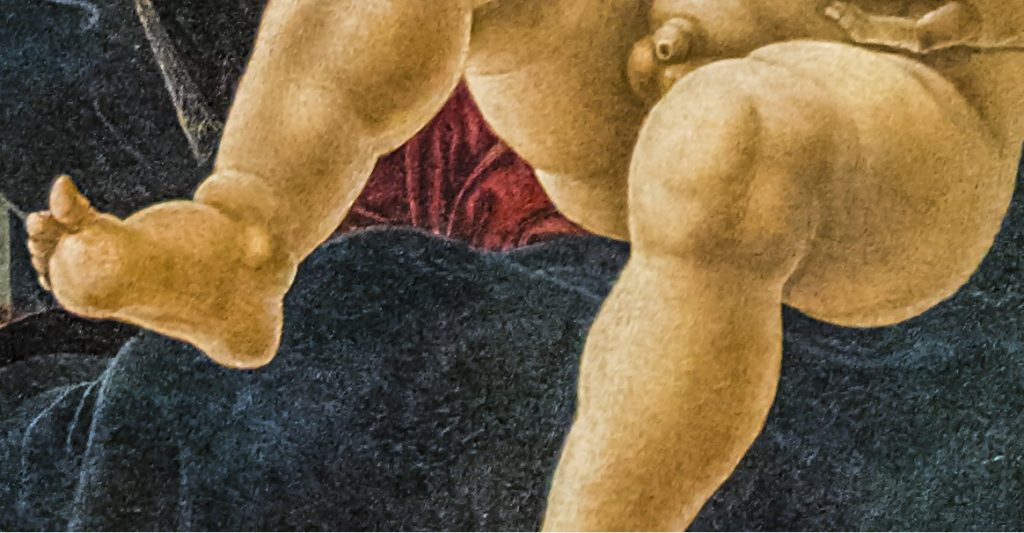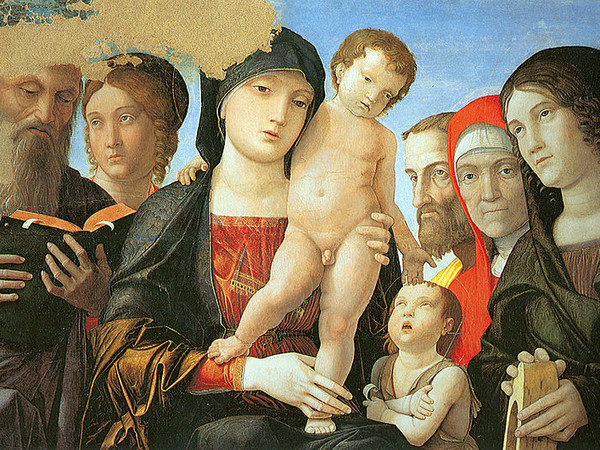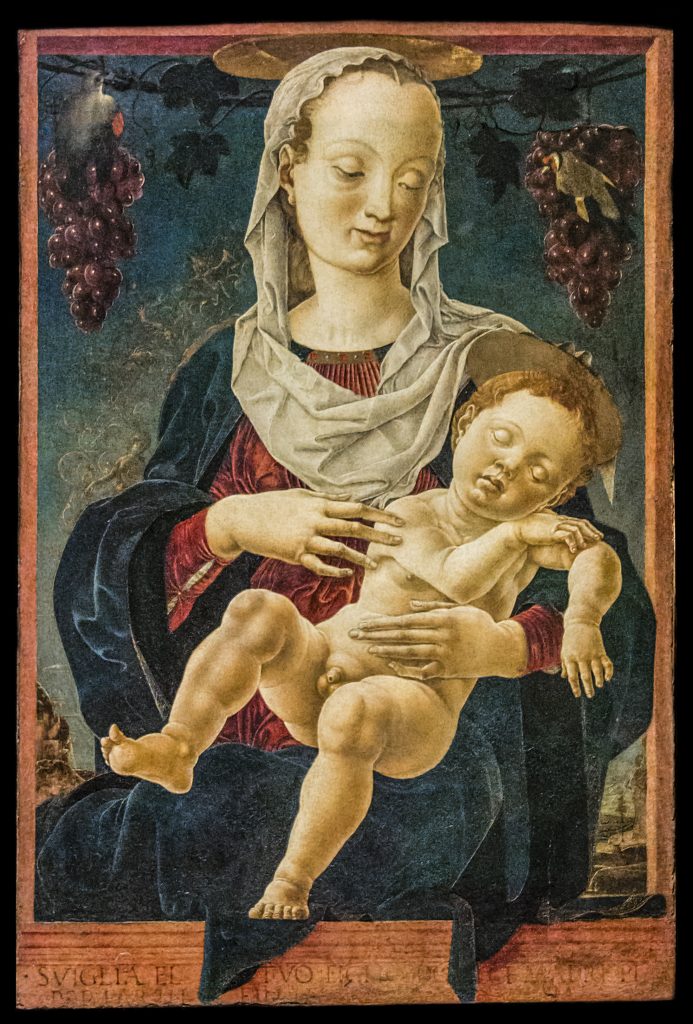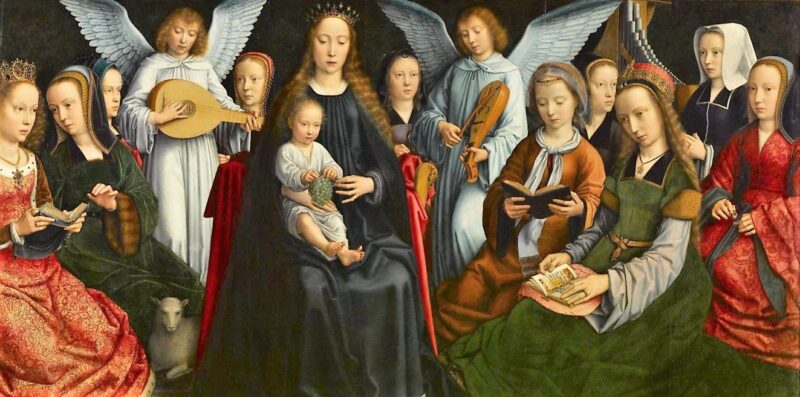
I had no idea what was a Babinski sign on a small child up to the moment I came across an interesting article written by doctor Francesco Brigo a specialist and professor in neuroscience and Francesco Caglioti, who is professor at the Scuola Normale of Pisa and one of the world’s leading experts on the Italian Renaissance Art.
The Babinski sign is the extension (dorsiflexion) of the big toe following stimulation of the sole of the foot in patients with damage to the central nervous system motor pathways.
In infants the Babinski is considered a normal sign, however when the nervous system maturate, it disappear.
It’s fascinating to notice that some artists of the past painted their babies with the Babinski sign, in particular the Florentine renaissance artist. This was probably done without a real perception of the fact that the sole had to be stimulated to obtain as a physiological response the dorsiflexion of the big toe.
Probably the artists just wanted to paint or sculpt in a realistic manner the small children who represented Jesus Christ.
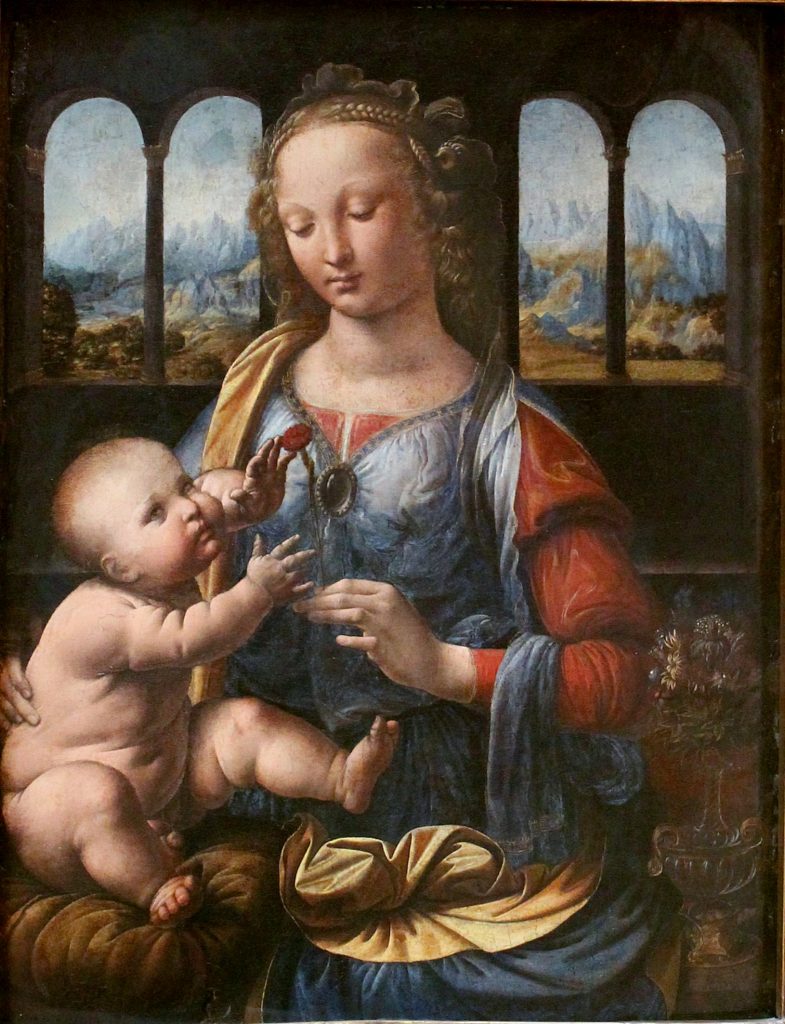
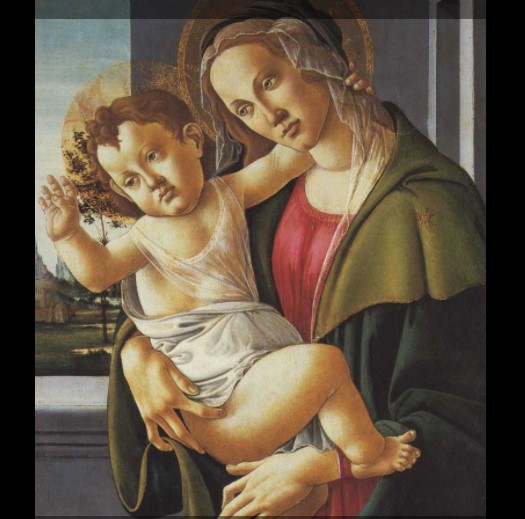
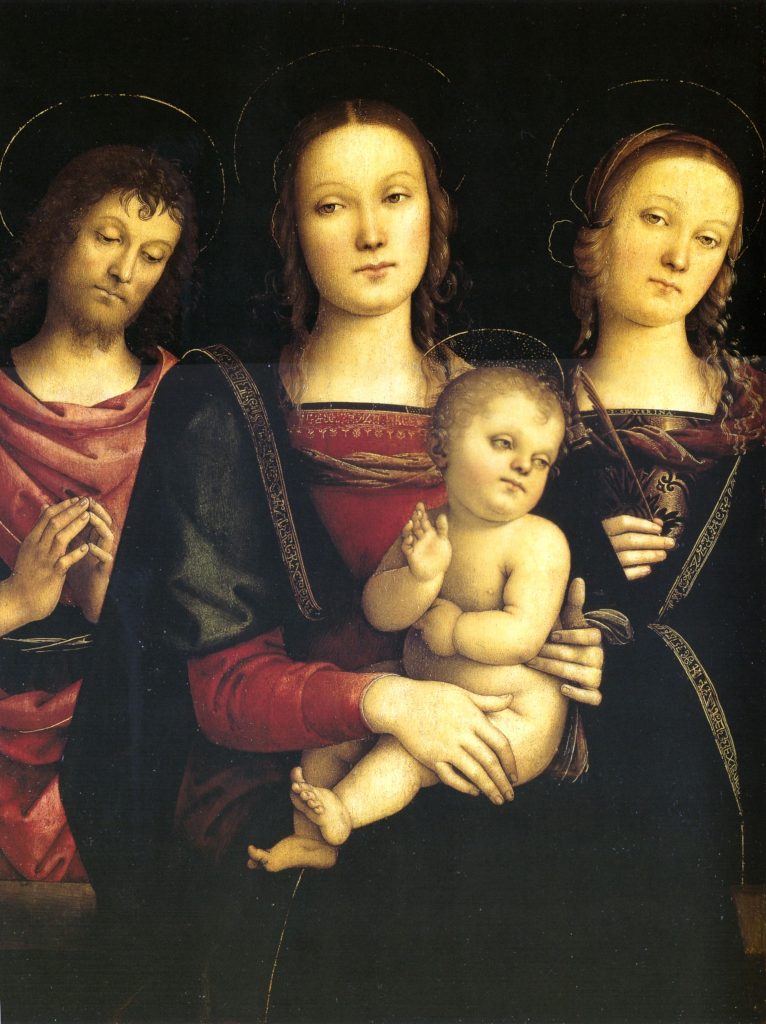
Leonardo da Vinci and the Babinski sign
Sandro Botticelli painted this detail and also Andrea del Verrocchio did in the Virgin with two angels and the Child and Leonardo da Vinci painted in the Madonna of Carnation.
Leonardo da Vinci also decided to sculp it in the only still existing sculpture attributed to him: The Virgin with the laughing child.
The Virgin with the laughting Child
This beautiful sculpture recently attributed to Leonardo da Vinci show us a mother in love with a child and a smiling child in love with his mother. The statue of the Virgin Mary with the laughting child was believed to be an art work of Antonio di Rossellino . Between the 1889 and 1895 some experts attributed it to Leonardo. We knew that Leonardo was also a sculpture, but this is an exceptional rediscovery as it is the only surving sculpture of him.
As Johnatan Johnes observed in the The Guardian in 2019, this terracotta of the Victoria & Albert Museum collection, is a student piece, created after his training. Leonardo da Vinci is capturing the tenderness of a mother with her chid in a sweety clay sculpture and it feels more like pure love by the experts who attributed it, rather than an economic operation, as the statue belong to a museum collection.
We have to notice that just in Leonardo da Vinci, as well in his master Andrea del Verrocchio both feet show the Babinski sign, in the other artists this detail is limited to one foot.
A more extensive studio was published in December in 2020 by Doctor Francois Sellar and professor Laurence Tatou. This studio concerned 302 Flemish, Reinish and Italian Renaissance paintings painted by 19 painters between the 1450 and the 1550 depicting the Christ child.
In the Reinish painters, who are also known for their realistic depictions of painted scenes, the Babinski sign was present in more than 60% of Christ Child paintings by Rogier van der Weyden, Hans Memling, Martin Schongauer, and Matthias Grünewald.
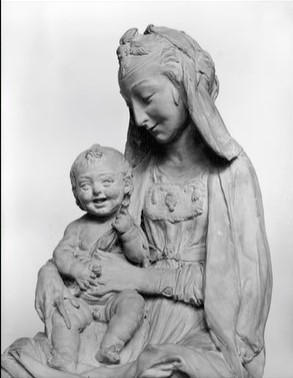

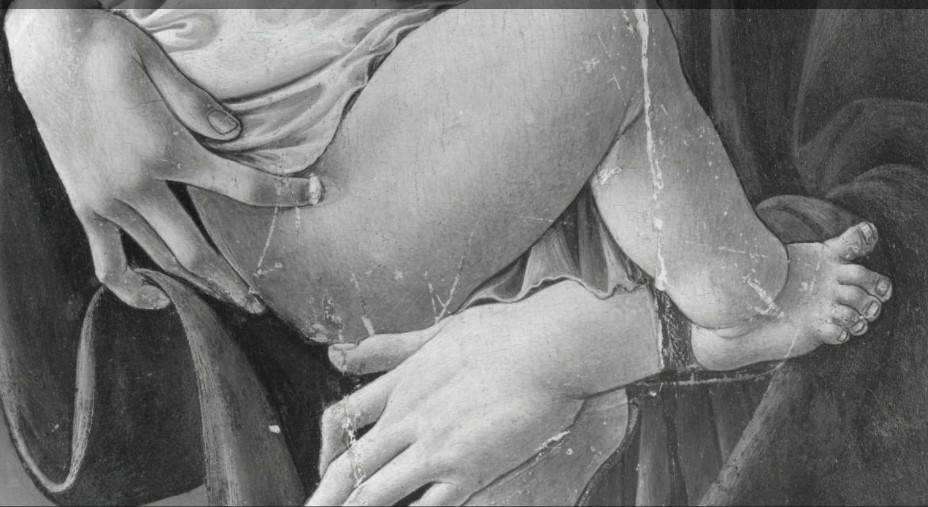
The Babinski sign in the Venetian painters?
Although Giovanni Bellini and other Renaissance painters were not included in the studio, I enjoyed taking a look to many Virgin Mary with her baby painted by the Venetian Renaissance painters.
In the babies of Giovanni Bellini there is no sign of Babinski at all, the sweet beautiful children stand on his feet or lies in the gromb of the mother with his lovely soft feet as well in the most of the paintings that I observed.
May be the babies’s feet represented by the painters of the school of Ferrara looks more realistic and the toe seems to turn almost at 30 degrees, like in the paintings by Cosmè Tura.
Italian Renaissance painters, whether Mannerist or not, tended to idealise the beauty of human body, and they often did not reproduce the Babinski sign.
There are different ways to admire an art piece, different ways to discover art, but if we are able to find a new way to interpretate it, art can be enjoyable, avoid boring people who have just one single interpretation of the work of art to give to you.
Fiorella Pagotto
